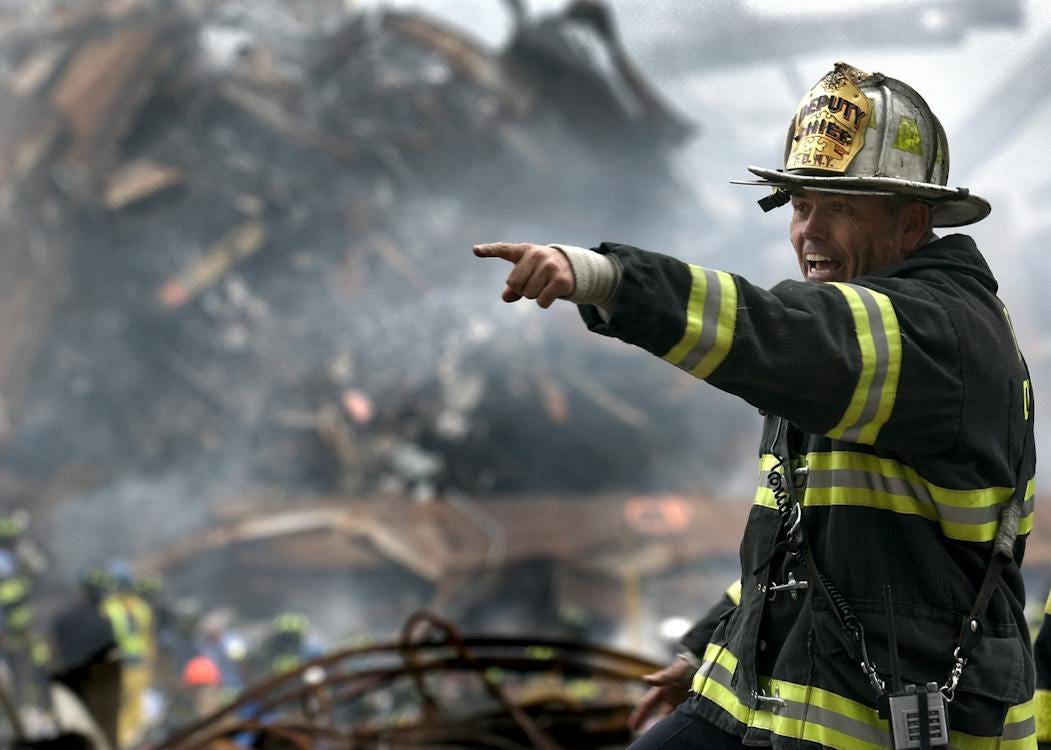Labor unions for firefighters, coal miners, writers, railway workers and more, across the United States have often made headlines for demanding safer working conditions, better benefits and higher wages. As John Rose Oak Bluff mentions, a labor union basically implies to a group of employees who use their collective voice to improve their ability to negotiate with the employer. The United States has quite a rich history of union movements.
John Rose Oak Bluff discusses the role of unions in small communities
Unions typically focus on building worker power and promoting economic equality. Apart from helping workers to get increases in pay, better benefits, and safer working conditions, they are also likely to have powerful effects on workers’ lives outside of work. Much like how unions provide workers with a voice at work that has a direct impact on wages and working conditions, unions often give workers a voice in shaping their communities as well. Unions can even support social causes in many ways, including making efforts to address inequities within communities. In small communities, where socioeconomic disparities may be particularly pronounced, unions play a vital role in advocating for equitable access to public services.
In small communities, industries and businesses are often tightly knit, and workers may have limited individual bargaining power. In such situations, unions become crucial in representing the workforce. With the help of collective bargaining, unions can secure higher salaries and improved working conditions for varying types of workers, including firefighters, which in turn contributes to a higher quality of life for union members and their families. Moreover, in a broader perspective, unions do not help union workers—they help all workers. When union density is high, it benefits non-union workers as well. After all, unions effectively set broader standards, which include higher wages and safer working conditions, which employers have to meet to attract and retain the workers they need. The combination of the direct wage effect for union members and the “spillover” effect for non-union workers means unions are crucial to raising wages in a community, reducing income inequality and improving the overall lifestyle of people.
Labor unions often have a good level of political influence, both locally and nationally. In small communities, where local politics can have a major impact on daily life, unions often engage in political activities for the purpose of supporting candidates who align with their interests. This political influence can translate into increased funding for essential services like firefighting. Union endorsements and campaign contributions can actually sway elections in certain instances, leading to the election of officials who prioritize funding for public safety initiatives.
As John Rose Oak Bluff mentions, unions today tend to be deeply ingrained in the communities they serve. Many fire unions, for instance, do make community outreach a major priority and typically work on fire safety education initiatives. Such initiatives help foster goodwill between the union and the community, and often lead to increased public support for funding firefighting services. Moreover, firefighter unions may also leverage their connections within the community to advocate for greater investment in fire prevention measures and equipment.








